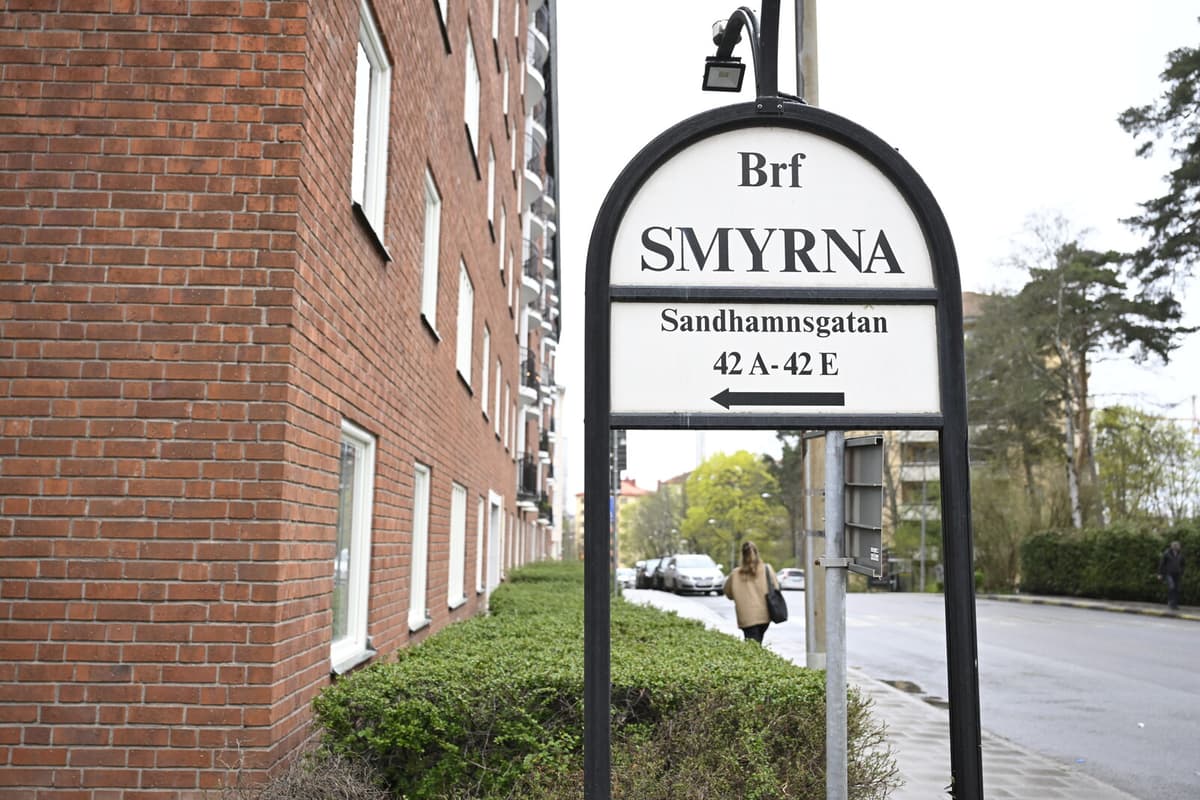After six years of struggle, the housing association Smyrna on Gärdet in Stockholm has now been vindicated in the Supreme Court. The court is in line with the housing association's position, and the so-called ground rent interest rate is reduced from 3 to 1.75 percent.
This means that the land rent will now be set at 2.9 million kronor per year from October 1, 2021.
The National Property Board (SFV) had claimed that the rent should be set at almost 5.5 million kronor per year, while Smyrna's claim was 1.9 million kronor per year.
Not alone
Smyrna is far from alone in taking a stand, and the court ruling may have implications for other similar cases where land leaseholders have appealed rent increases.
The Supreme Court has established a lower ground rent level than the lower court and significantly lower than the SFV wanted. This may affect the negotiations being conducted around the country, says Johan Kleveland, union lawyer at Fastighetsägarna, to TT.
Linna Bjernestedt is a company and property lawyer at HSB and is pleased with today's ruling in the Supreme Court.
This means, in principle, a halving of how it has looked previously regarding the ground rent interest rate, and we think that's a big win for land leaseholders and all our members who live in housing associations, she says.
Starting again
HSB is driving several processes regarding land rents that have been paused pending the Supreme Court's guiding decision in the Smyrna case.
There are hundreds of cases across Sweden, and these processes will now be started again, says Linna Bjernestedt.
Anders Eka, a justice at the Supreme Court, says that the future will show how significant today's ruling will be in future disputes over land rent.
But our starting point is that our ruling should be able to provide guidance and help in similar cases.
He adds that it is up to the parties in each individual case to, if they want and can, agree on a different ground rent.
Positive aspect
Johan Kleveland emphasizes that from Fastighetsägarna's side, they have not had time to analyze the ruling in its entirety. There are also ongoing challenges with the current system, he believes.
What we see as positive in this ruling is that it takes greater account of the fact that the land has been made available with the purpose of allowing individuals to build homes.
However, it does not solve all the problems we see. This case was, in practice, limited to the ground rent interest rate. There are still deficiencies in the land lease system that need to be addressed, and we still have problems, for example, how the land value is calculated, says Kleveland.
The dispute between the housing association Smyrna and the National Property Board (SFV) has, among other things, concerned the size of the ground rent interest rate, which is part of the calculation of the total land rent.
SFV has had a ground rent interest rate of 3 percent in its fee calculation, while BRF Smyrna has argued that it should be lower, citing the long-term real interest rate.
The Supreme Court is in line with BRF Smyrna's position in its ruling and writes that "a ground rent based on a ground rent interest rate of 1.75 percent according to the court appears reasonable for the current period".





